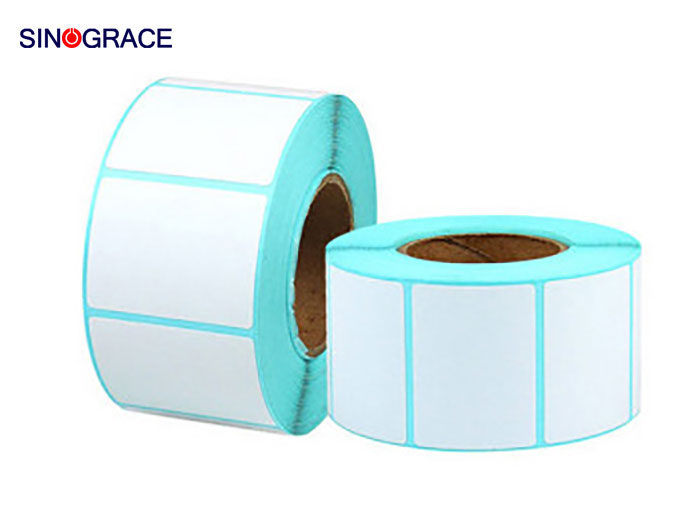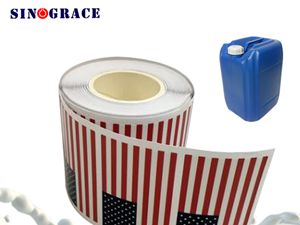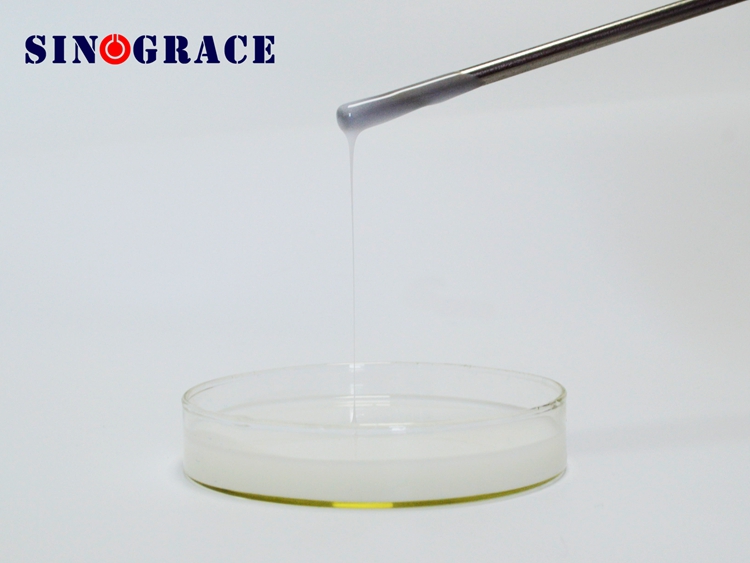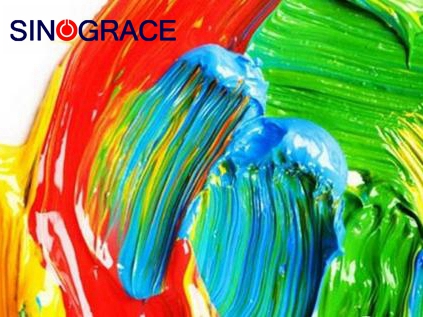The development of label printing promoted the development of ink
As we all know, with the development of society, people attach importance to food safety and so on, label printing is greatly encouraged, and label has become comparable to packaging. The development of label has driven the development of label printing, and ink is the main medicine in label printing,In the field of label printing, ink can be generally divided into three categories, namely: water-based label printing ink solvent-based label printing ink and UV label printing ink. Water-based ink safety, health and pollution-free, in line with environmental requirements, is conducive to human health; But there are also shortcomings, such as slow drying speed, low color saturation, poor stability, not printing a large area of field, long time prone to precipitation stratification phenomenon. Solvent-based label printing ink has strong adaptability to label materials, stable performance and high printing quality. But there are environmental pollution problems, some volatile solvents are harmful to human body. UV label printing ink has excellent performance, reliable quality and wide application range; But the price is high, and special drying equipment is needed, and there are certain requirements for supporting materials. We produce all kinds of printing inks, welcome to consult,this is our email sales@sinogracechem.com
read more

 English
English français
français русский
русский español
español العربية
العربية








